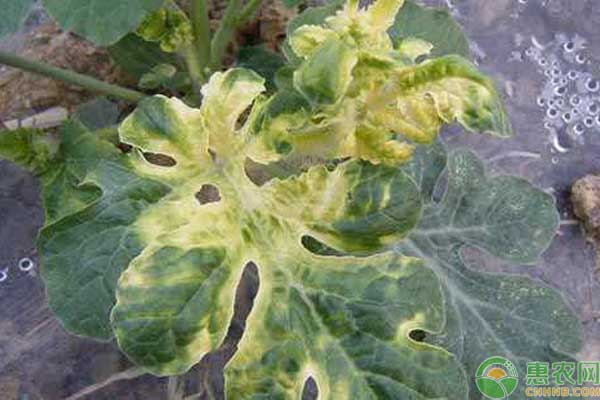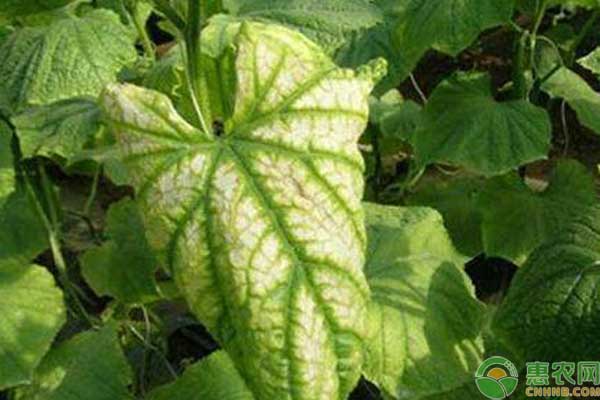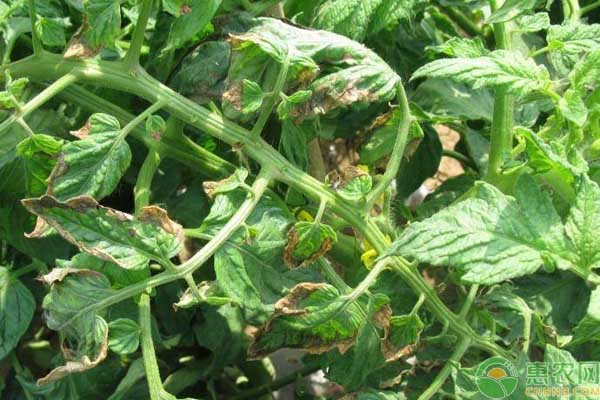Now, in order to allow people to eat all kinds of vegetables at all times, they are basically planted in greenhouses. We know that in greenhouses, because of the poor air circulation and the vulnerability to temperature, humidity, and drug concentration, it is prone to phytotoxicity. What kind of medicine should I pay attention to during the cultivation of greenhouse? How to remedy the phytotoxicity? Let's take a look at it.

I. Pharmacy that is prone to phytotoxicity
Propiconazole should be used with caution in greenhouse crops. On the peppers, the leaf color becomes dark green, the leaves become thick and brittle, affecting the occurrence of new leaves and photosynthesis; the most obvious on cucumber is the shortening of internodes. It is not suitable for leaf spray, such as leaf shrinkage and even leaf burning. Pyrimethanil is susceptible to phytotoxicity in eggplant and beans and should be used with caution. Pyraclostrobin is used with caution before seedling 3 leaves. Epoxystrobin has a slightly larger spray dose on the young tissue of melon and vegetable, and there is also a risk of phytotoxicity.
Copper preparation
When the concentration of organic copper (acrylate copper, thiabium copper, quinoline copper, etc.) is large or when mixing foliar fertilizer, be careful not to spray on seedlings. Inorganic copper (copper hydroxide, king copper, cuprous oxide) should not be used in high humidity or water droplets on the leaves, and should not be mixed with strong alkaline pesticides such as mineral oil emulsions.
Improper use of hormones
Nowadays, the use of plant growth regulators is very common. Commonly, there are chlormequat, ethephon, 2,4-D, auxin, and gibberellin, which promote plant growth, preserve flowers and preserve fruit, and improve disease resistance. Sex and other characteristics, but the concentration should not be high, do not spray continuously in a short time, otherwise it will lead to excessive accumulation of hormones in the plant, imbalanced proportions, abnormal growth of the plants, malformation of the melons, distortion of the leaves, brittle stems and so on.

Second, preventive measures for phytotoxicity
According to the field pests and diseases, the correct use of medicinal agents, master the use of science. The drug resistance of vegetable crops at seedling stage is obviously weaker than that of adult plants. It is necessary to spray drugs, and the concentration of liquid medicine must be small. Do not blindly spray a variety of pesticides (bactericides, insecticides, hormones, etc.) with micro-fertilizers during dispensing. If you want to increase the dosage, you must take the “second dilution methodâ€.
When applying the medicine, choose to use the medicine under the conditions of suitable temperature and humidity. Do not apply the medicine when the temperature is above 30 °C and the humidity is below 50%. For a long time pests and diseases, try not to repeat the spraying, especially sensitive drugs, it is easy to occur point, sheet-like phytotoxicity.
Third, remedies for phytotoxicity
After the phytotoxicity occurs, there are five ways to remedy:
1. Spray water. After the phytotoxicity of the vegetables, spray the water quickly and wash the liquid on the surface of the plants. If you use alkaline pesticides, add appropriate amount of vinegar to the water, use acidic pesticides, and add 0.1% quicklime to the water to neutralize the chemicals and reduce the phytotoxicity. At the same time, the shed should strengthen the ventilation, damp and cool, and promote the discharge of harmful gases.
2. Watering in time. Watering can increase the water in the cells of vegetables, promote metabolism, reduce the concentration of harmful substances, and dilute the harmful substances accumulated in the roots of plants.
3, to balance fertilization. Appropriate application of quick-acting compound fertilizer or foliar application of whole-nutrient leaf fertilizer, such as 45% ternary compound fertilizer, potassium dihydrogen phosphate and high-efficiency foliar fertilizer, can accelerate vegetable growth, rejuvenate and improve phytotoxicity Resistance.
4. The damaged branches and leaves are removed. Once it is found that the leaves are tainted, it is necessary to remove the chlorotic discoloration leaves immediately, which can prevent the drugs in the affected leaves from being transmitted to other parts of the plant, causing other leaves to also cause phytotoxicity.
5, to spray a solution. It can be relieved with a concentration of .5% quicklime water, which can alleviate the phytotoxicity of various phytotoxic greenhouse vegetables. After spraying paclobutrazol, it can be sprayed with gibberellin to relieve the use of 0.2% soap solution to relieve organophosphorus pesticides. harm.

The above is about the greenhouse greenhouse planting proposals, in fact, no matter what planting, but the prevention and control of phytotoxicity can not be sloppy, I hope that the content of the small series can help the majority of growers.
Medical Surgical Instruments,Electrode Suction Irrigation,Gun Suction Tube,Stainless Steel Laparoscopic
ZHEJIANG SHENDASIAO MEDICAL INSTRUMENT CO.,LTD. , https://www.sdsmedtools.com